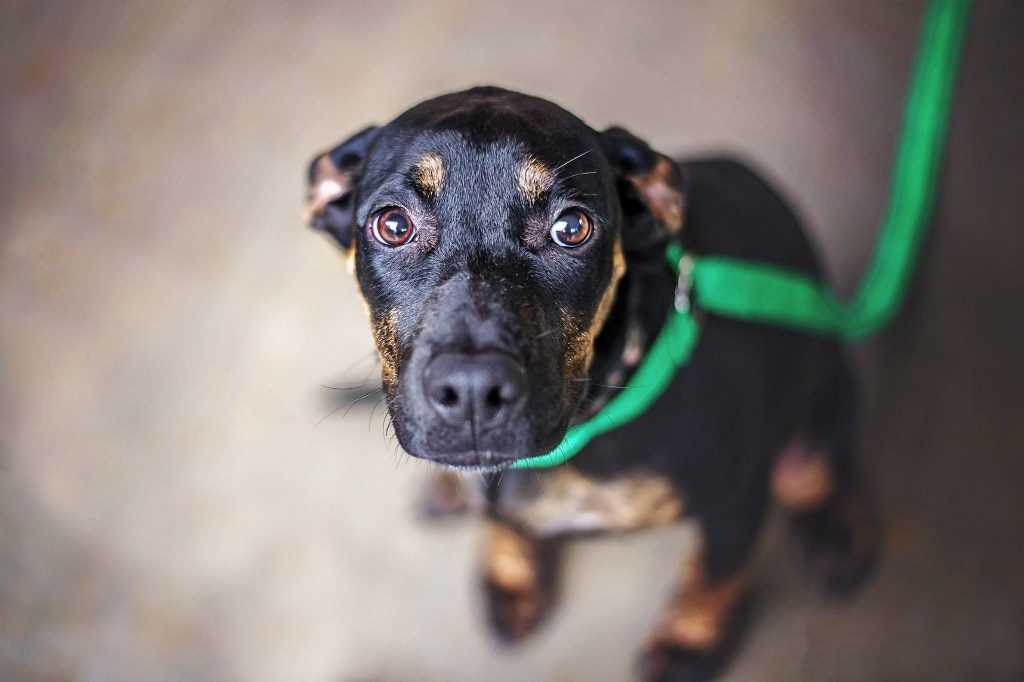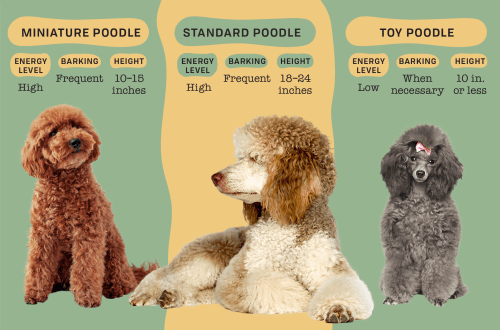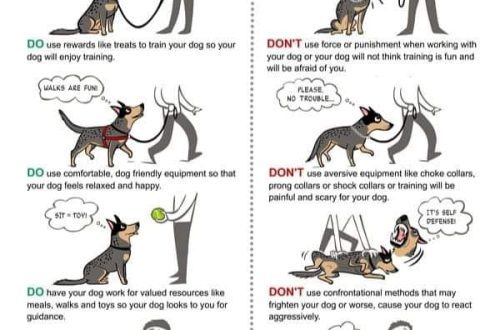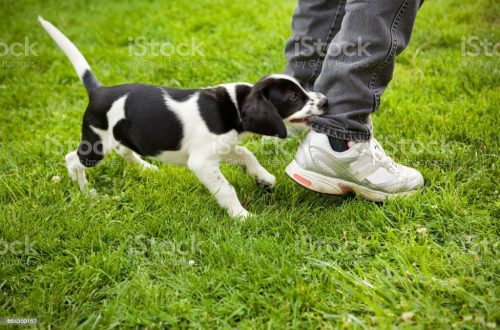
Why is my dog afraid of everything?
It is wrong to think that fear is the problem of a cowardly dog with a weak nervous system that cannot be corrected. Any phobias can be corrected if you show patience and perseverance. The task of the owner is to help his four-legged friend overcome fearfulness.
Factors and causes of fear
Dogs can be frightened by a variety of things. The most common fear is:
- strangers;
- loneliness;
- thunderstorms, fireworks and similar loud sounds;
- other dogs or even cats;
- exit to the street;
- machines;
- water, etc.
A phobia never arises on its own: its roots usually lie in the negative experience experienced by the animal. If a dog is afraid of people, most likely, an evil person once hurt her. Anxiety of separation from the owner develops due to the fact that the pet began to pay less attention.
Often problems are provoked by errors in training and education. A vivid example: the puppy ignores the “Come!” command for a long time, and when he finally comes up, the owner punishes him for disobedience. From a human point of view, the causal relationship is obvious, but the dog is not able to build such logical chains. It seems to her that she was punished for the correct execution of the command. As a result, the animal, being subjected to frequent punishments and not understanding their reasons, becomes frightened and prone to psychoses.
How does fear manifest itself?
Many signs of fright are easily noticeable: the dog trembles, growls, runs away, hides. But some are not so obvious. When a pet is afraid, he can:
- spoil things, make a mess;
- to fulfill a small or great need at home;
- lose your appetite;
- sleep badly;
- he is often tormented by vomiting and increased salivation;
- catch your tail;
- lick paws up to the appearance of wounds or dermatitis;
- constantly scratching and biting non-existent fleas.
Behavior Correction
Psychological problems are much easier to prevent than to correct later. Therefore, it is important to help socialize the puppy from an early age so that he grows up calm, balanced and self-confident.
If the appearance of an obsessive phobia still could not be prevented, the algorithm of actions is approximately the same, regardless of the fear factor.
- Eliminate or at least minimize situations in which the dog is frightened.
- Do not try to fight fear with punishments and prohibitions.
- Ignore any manifestations of fear. During attacks of fear, build communication in exactly the same way as in a normal state. If the situation arose on a walk, continue moving as if nothing was happening.
- Distract the attention of the animal from the fear factor with the simplest, well-known commands: for example, “Sit!”.
- Always reward your dog with a treat or favorite food if he behaved normally in a situation that would normally cause him fear.
It also never hurts to turn to an experienced dog handler or trainer – professionals can help you properly socialize the animal or correct existing behavioral problems.





